Six Commonly Unknown Kremlins Outside of Moscow
1,064 views / 30 Sep 2015
Along with the Red Square, the Kremlin has come to symbolize Russia. Every tourist rushes to the Kremlin to take cool selfies in front of its famous red walls, the Tsar Bell and the Tsar Cannon. But did you know that the Kremlin isn’t the only kremlin in Russia, but one of many others in different Russian cities?
The word “Kremlin” means a medieval citadel in the middle of a city or town. In the past, a kremlin would protect residents of a town from invaders, allowing them to effectively defend from the top. With the widespread use of cannons and later artillery, most kremlins lost their strategic importance and were subsequently torn down.
But not all kremlins were dismantled. Russian Accent came up with six more kremlins [beside the Moscow Kremlin] that most people didn’t know about.
- The Kazan Kremlin is the Tatar capital’s ancient fortress built in the middle of the 16th Century after Ivan the Terrible defeated the Tatars and made Kazan a Russian city. The Kazan Kremlin has both a large mosque and an Orthodox Cathedral inside the Kremlin, which symbolizes the multicultural nature of the city.
- The Velikiy Novgorod Kremlin, one of the oldest stone citadels in Russia, was first referenced back in 1044. Today, the Kremlin is listed as one of UNESCO world heritage sites.
- Kremlins in Siberia are made from wood, except the Tobolsk Kremlin, the only stone fortress east of the Urals. The Kremlin was built in the middle of the 16th century and used as an important trade route when traveling further East.
- The Pskov Kremlin dates back to the 10th century, when it was a remarkable complex of defense walls, trade chambers, churches and administrative buildings. Today, one can see the Trinity Cathedral, constructed in the 19th century, standing in the middle of the Kremlin.
- The Rostov Kremlin was one of a very few fortresses that weren’t built for defense, but to please the eye of a local Orthodox metropolitan (bishop). Even when Peter the Great ordered to take down all iron bells from churches and monasteries to melt them down and make cannons, the Rostov Kremlin somehow avoided the bell-stripping campaign.
- The Tula Kremlin was built by Italian architects who were first invited to complete the Moscow Kremlin and then went to Tula and finished off the local Kremlin there. That’s why the Tula Kremlin looks very much alike its “bigger brother” in Moscow.
(Writing by Afanasiy Pervomaisky)
comments (1)
POST A COMMENT
Your email address will not be published. Required fields are marked *
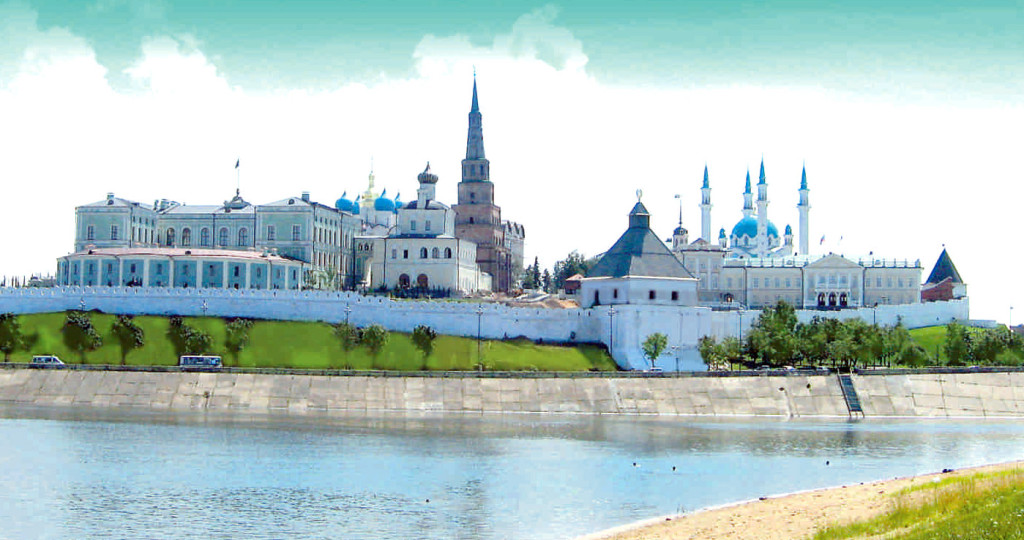
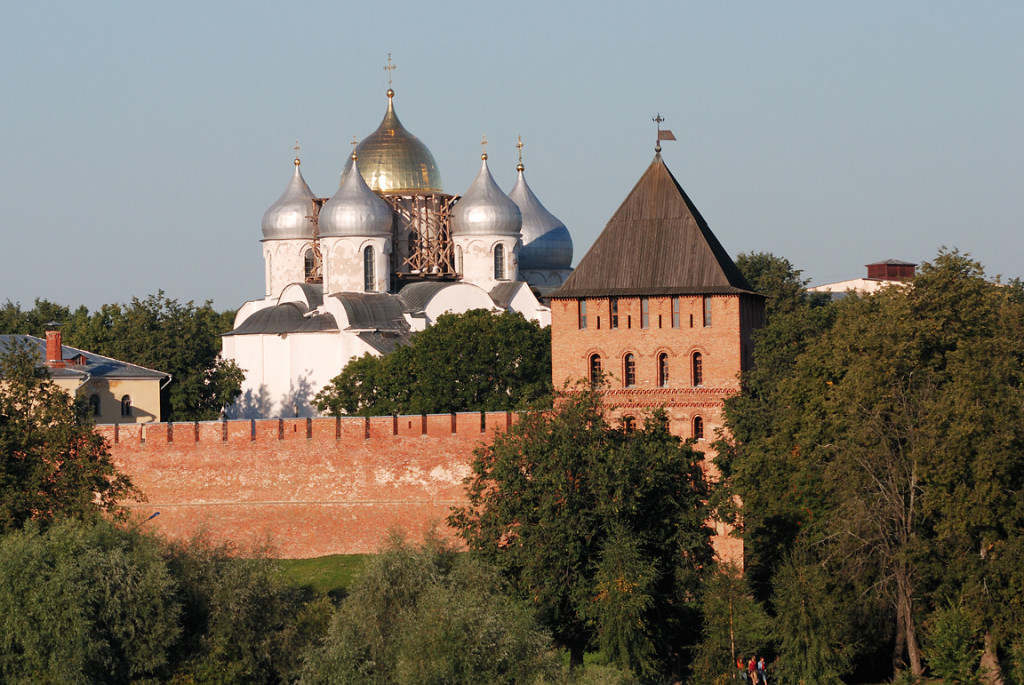
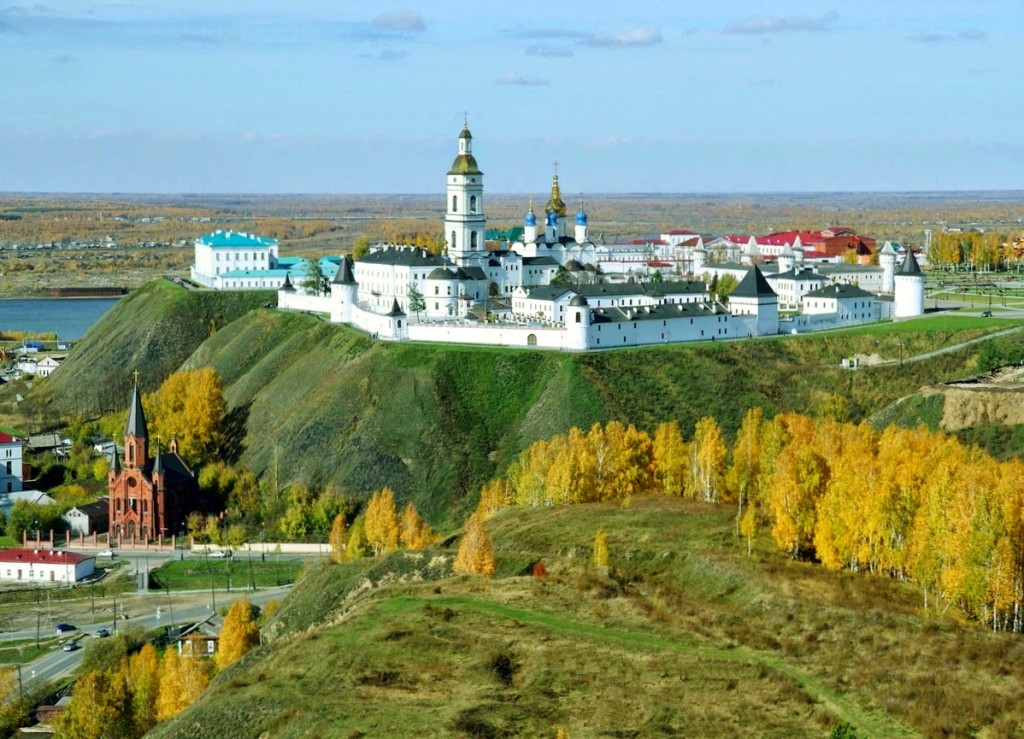
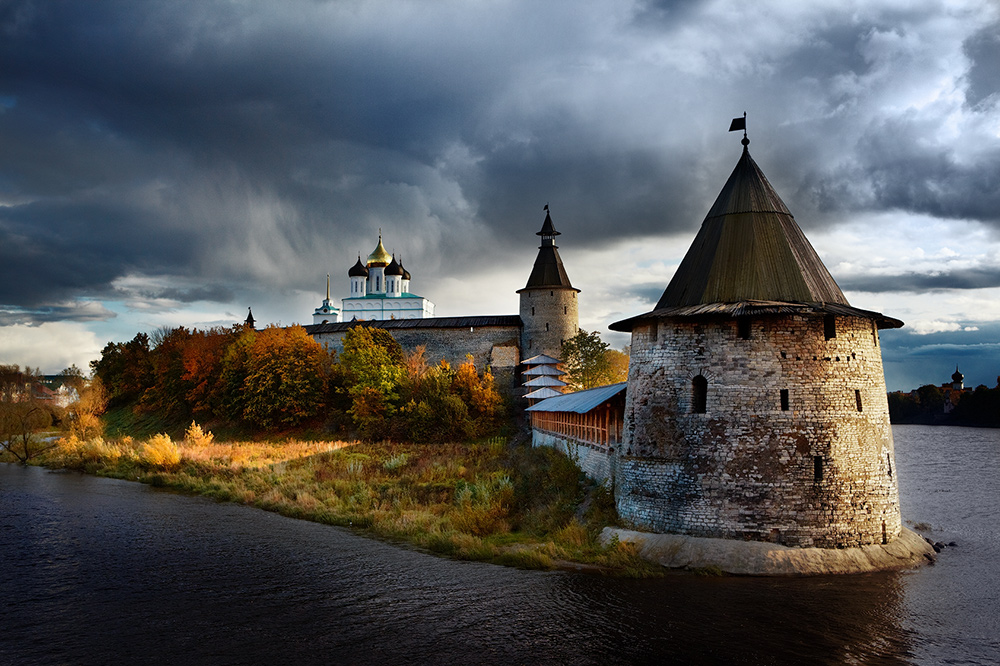
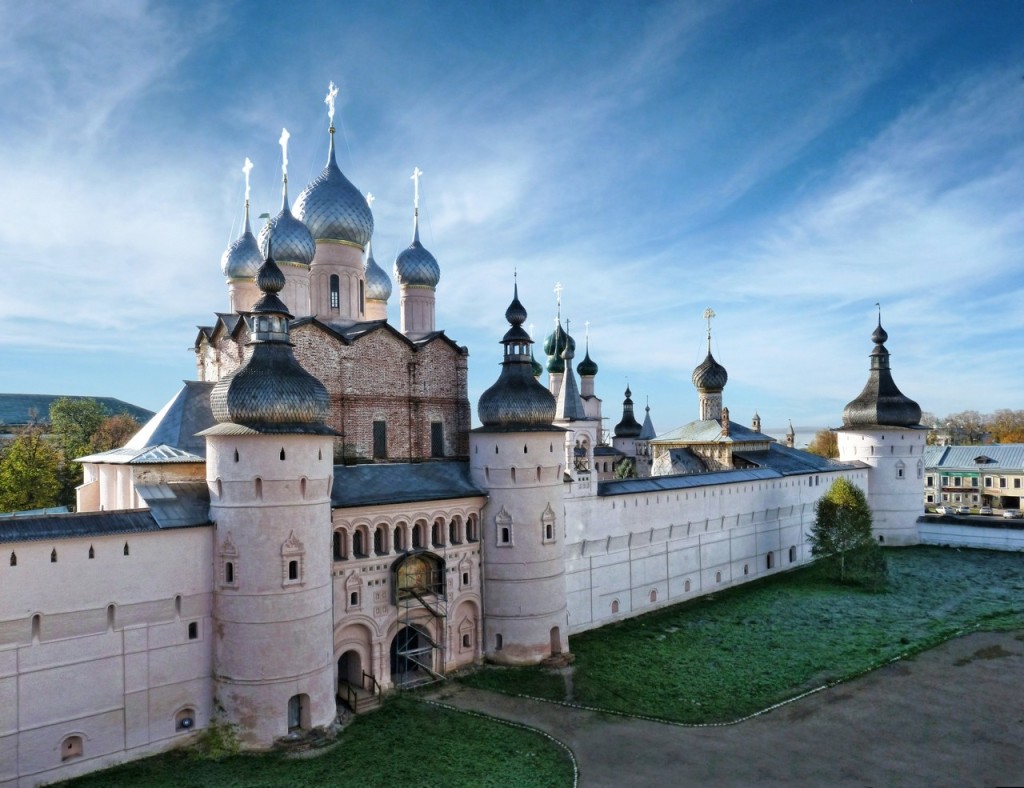
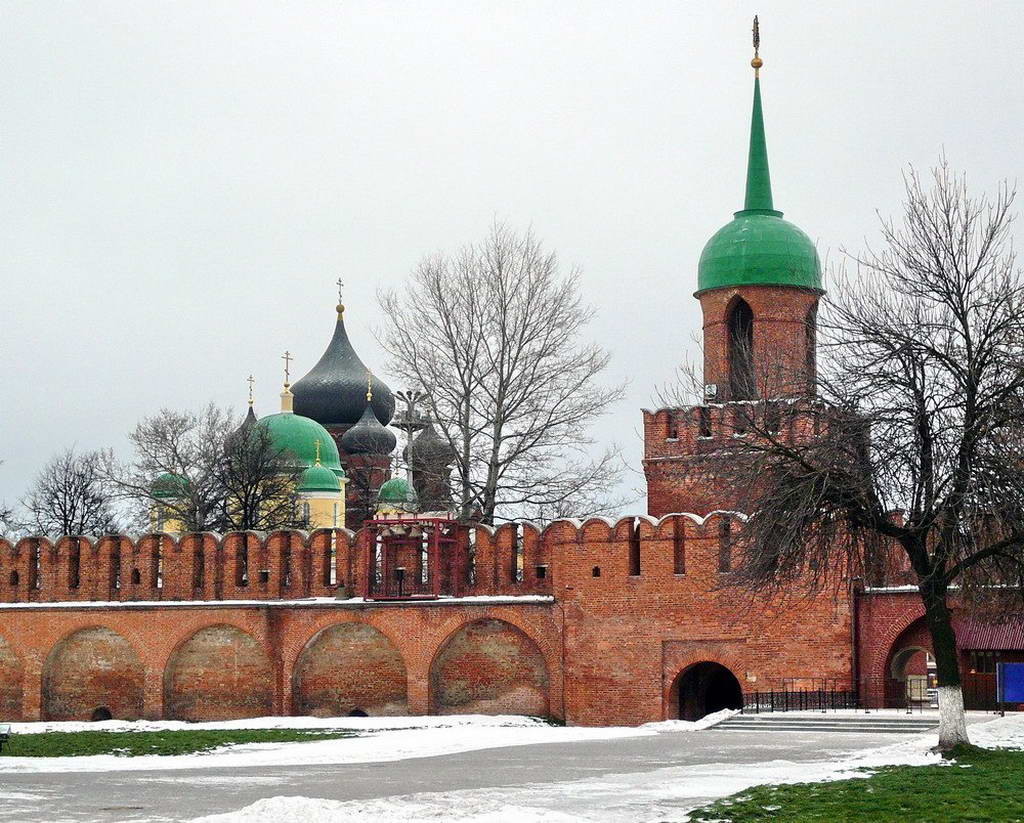
Just came from seeing the one in Rostov. Its magnificent! On much the same subject, how many people are aware that there a TWO forbidden cities in China? The “other one” is in Shenyang (Manchuria)- also magnificent.